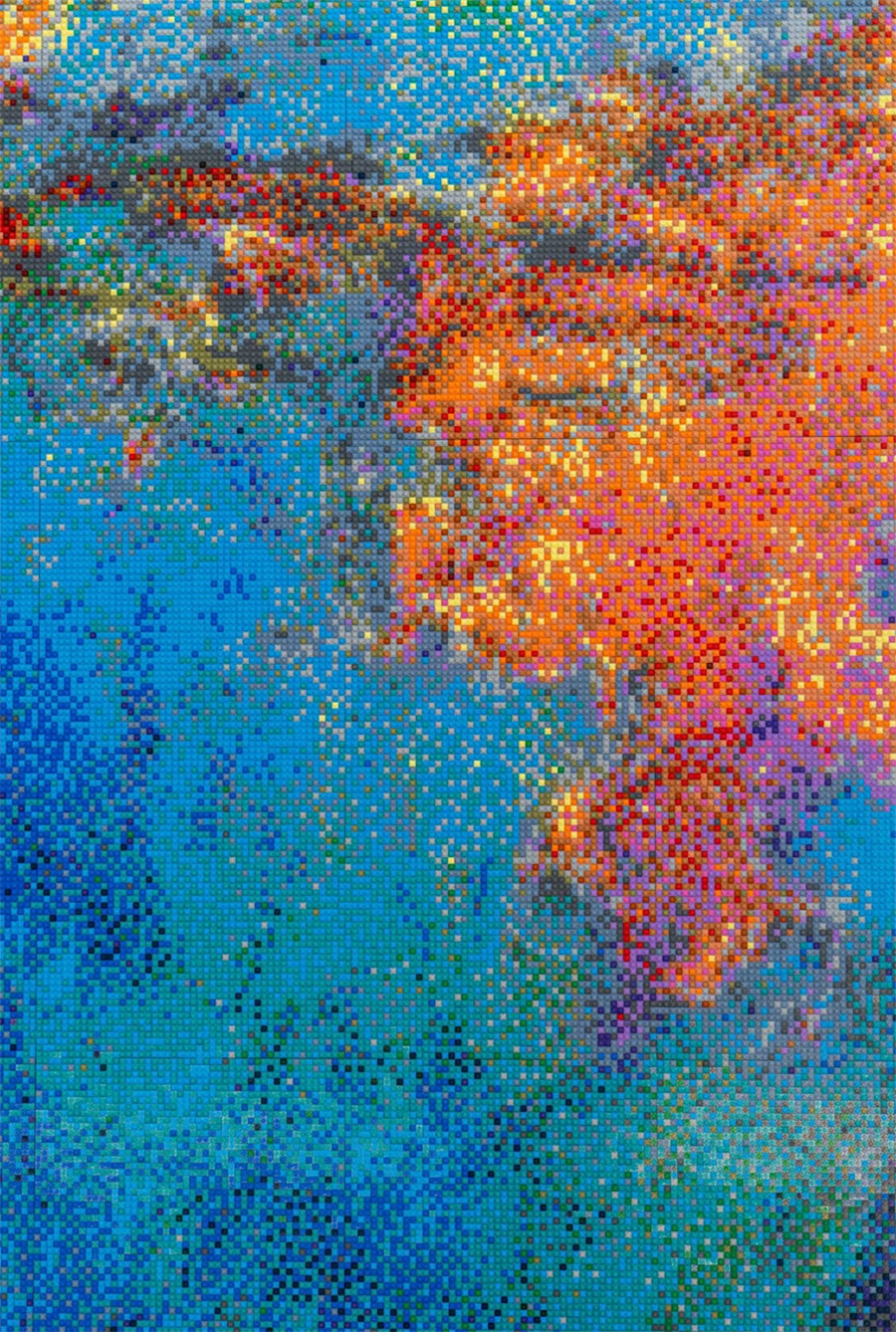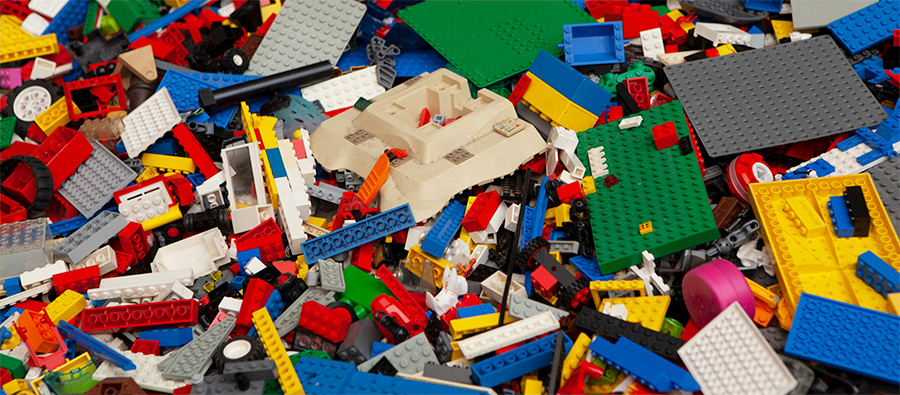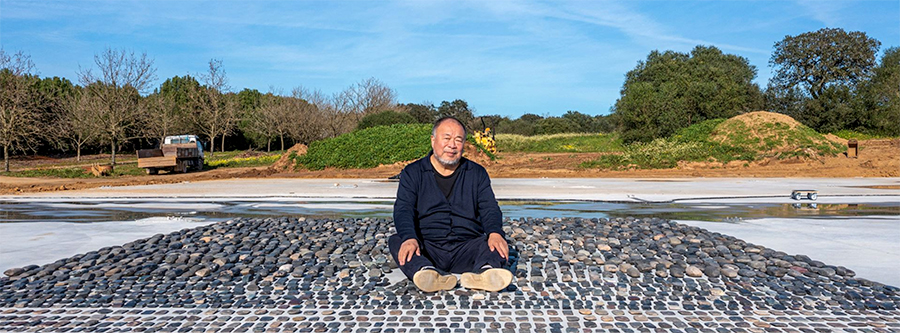“This is an exhibition focusing on a very specific concept: design. I had to think about how we use the space in the Design Museum as a whole, and the exhibition offers a rich experience of what design is, and how design relates to our past and to our current situation“- Ai Weiwei
Museum Exhibition Spotlight: Design Museum London / Ai Weiwei: Making Sense

Here he goes, picking up the pieces and making newly ordered sense. As the world continues to self-destruct, he will always have plenty of new materials to work with.
Ai Weiwei, the Chinese artist living in exile, is well known for his art and activism. Not one to keep his opinions to himself Ai Weiwei has a restless mind. He questions, proves, provokes, challenges, investigates, and eventually executes his ideas across multiple disciplines in painting, sculpture, architecture, film, design, and curating. In close collaboration with the artist, the Design Museum in London organized this exhibition where the artist’s focus is design and its relation with progress/destruction.

The museum’s press release indicates that large site-specific installations constitute the foundation of the exhibition, with the artist employing Stone Age tools, Lego bricks, and hundreds of objects which he’s collected since the ’90s. The materials are spread all over the galleries, and organized in five fields; “Still Life”, “Left Right Studio Material, “Spouts”, “Untitled (Porcelain Balls)”, and “Untitled (Lego Incident)”.
Ai Weiwei’s recreation of Claude Monet’s Water Lilies uses Lego bricks, hia largest Lego work to date. To make the 15-meter Water Lilies #1, the artist used 650,000 LEGO bricks and 22 different colors. On the lower right-hand side of the piece, one sees a dark portal representing the door to the underground dugout in Xinjiang province where Ai and his father, Ai Qing, lived in forced exile in the 1960s.

“This major exhibition, developed in collaboration with the artist, will be the first to present his work as a commentary on design and what it reveals about our changing values. Through his engagement with material culture, Ai explores the tension between past and present, hand and machine, precious and worthless, construction and destruction.
The exhibition draws on Ai’s fascination with historical Chinese artefacts, placing their traditional craftsmanship in dialogue with the more recent history of demolition and urban development in China. The result is a meditation on value – on histories and skills that have been ignored or erased.” ~ Design Museum


Other Articles You May Like from BSA:
Our weekly interview with the street, this week featuring Gaia, Ludo, Liv, MBW, Beau, Yote, Clown Soldier, Faile, Man Standing, Roa, Sweet Toof, Headhoods, and Holy Family
“He’s pissed off. He’s like… he has an attitude. He’s ornery. In my work I’m always looking to relate my own feelings to the images that I see and try to express them through painting.” Chris Sta...
Our weekly focus on the moving image and art in the streets. And other oddities. Now screening : 1. "The US Tapes" with Fatheat and TransOne 2. Said Dokins: Stories of a Word 3. INO: Lost in G...
Renowned commercial illustrator Gary Taxali graced the spotlight at Frogner House last night, captivating artists and fans with an emphatic message: embracing your unique path and wholeheartedly ...
The same week we published Carlo McCormick’s extensive essay entitled “Why Monuments?,” in which he posits that we need to find a valid way to deal with statuary that celebrates enslavers, among othe...
 BROOKLYN STREET ART LOVES YOU MORE EVERY DAY
BROOKLYN STREET ART LOVES YOU MORE EVERY DAY










